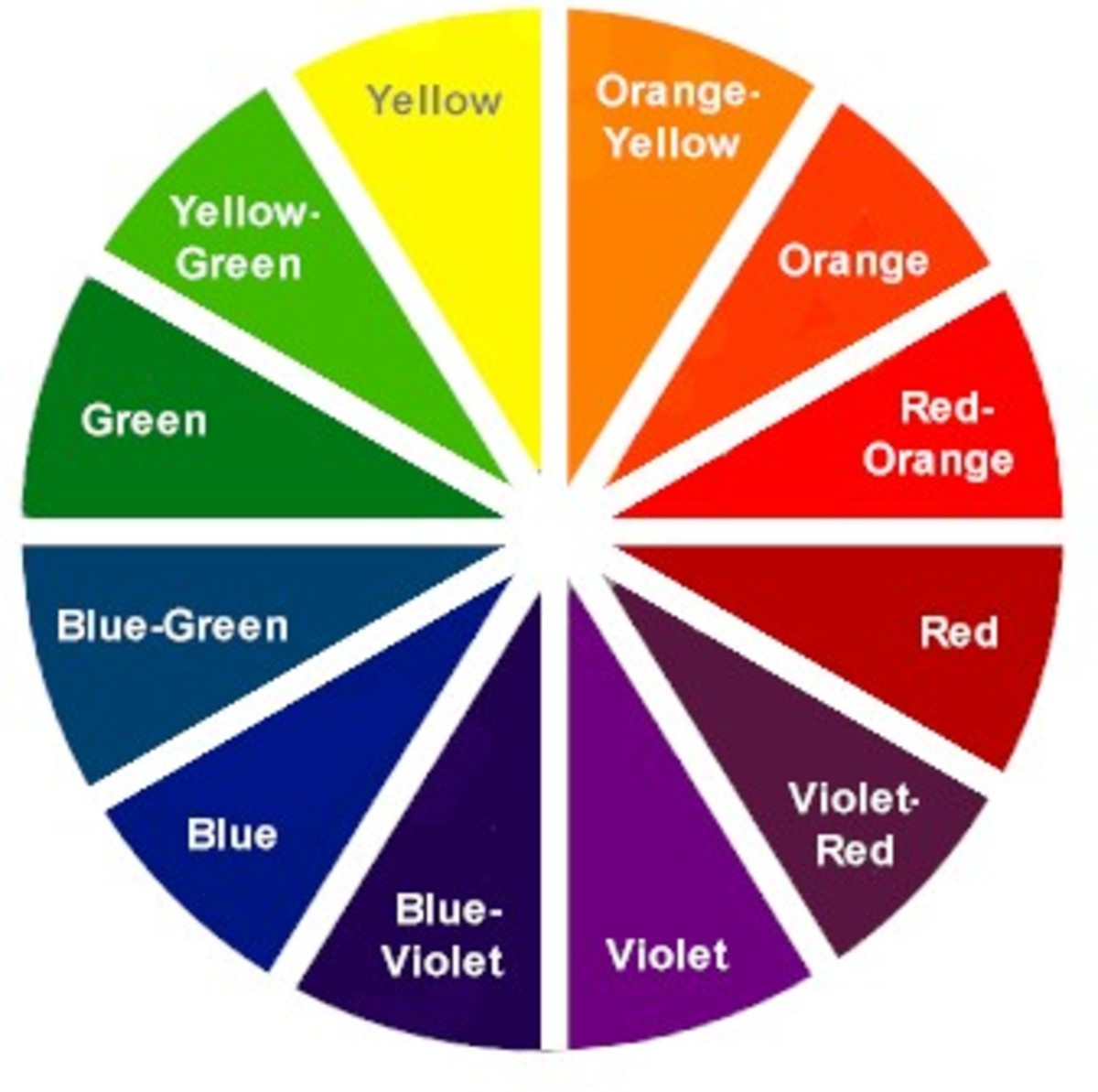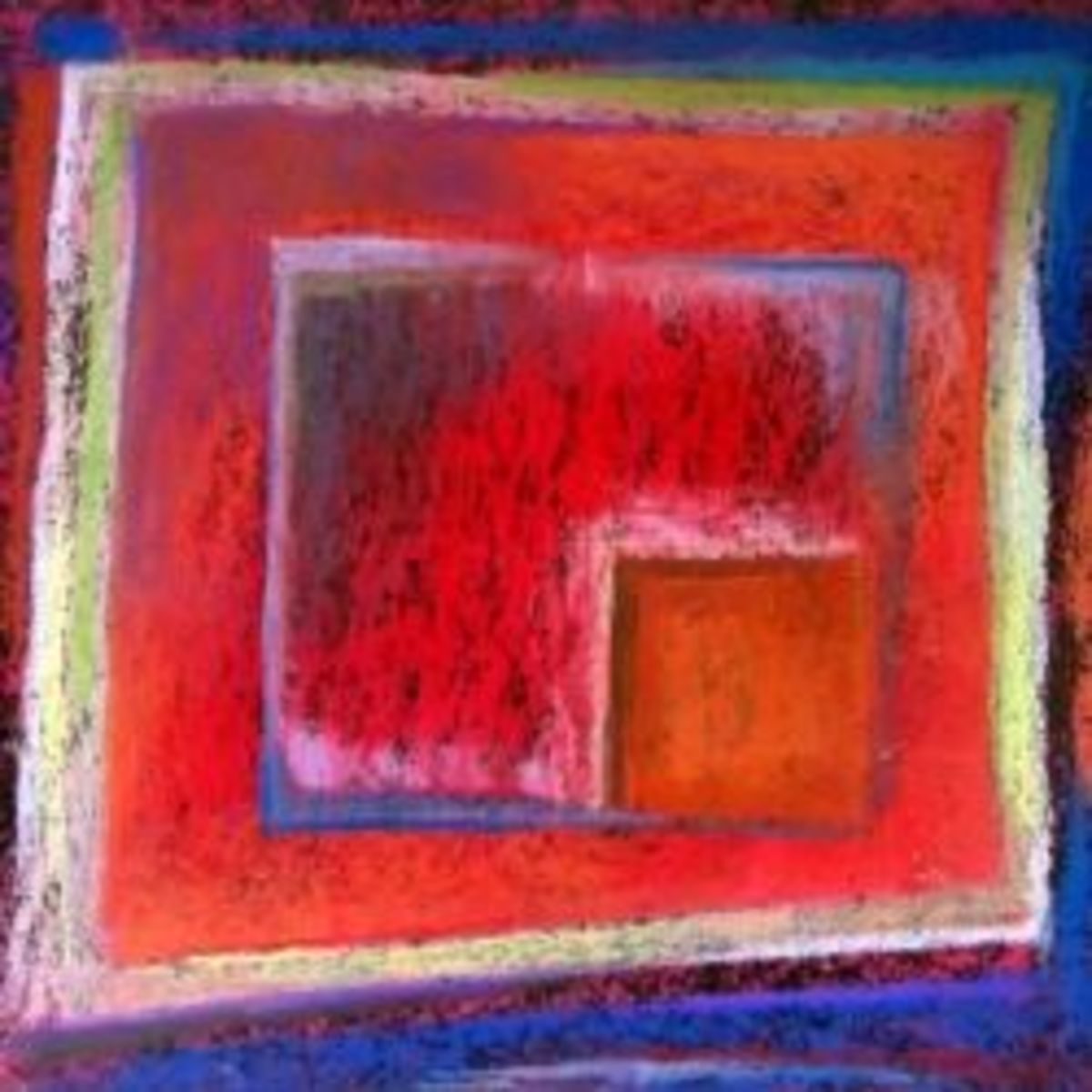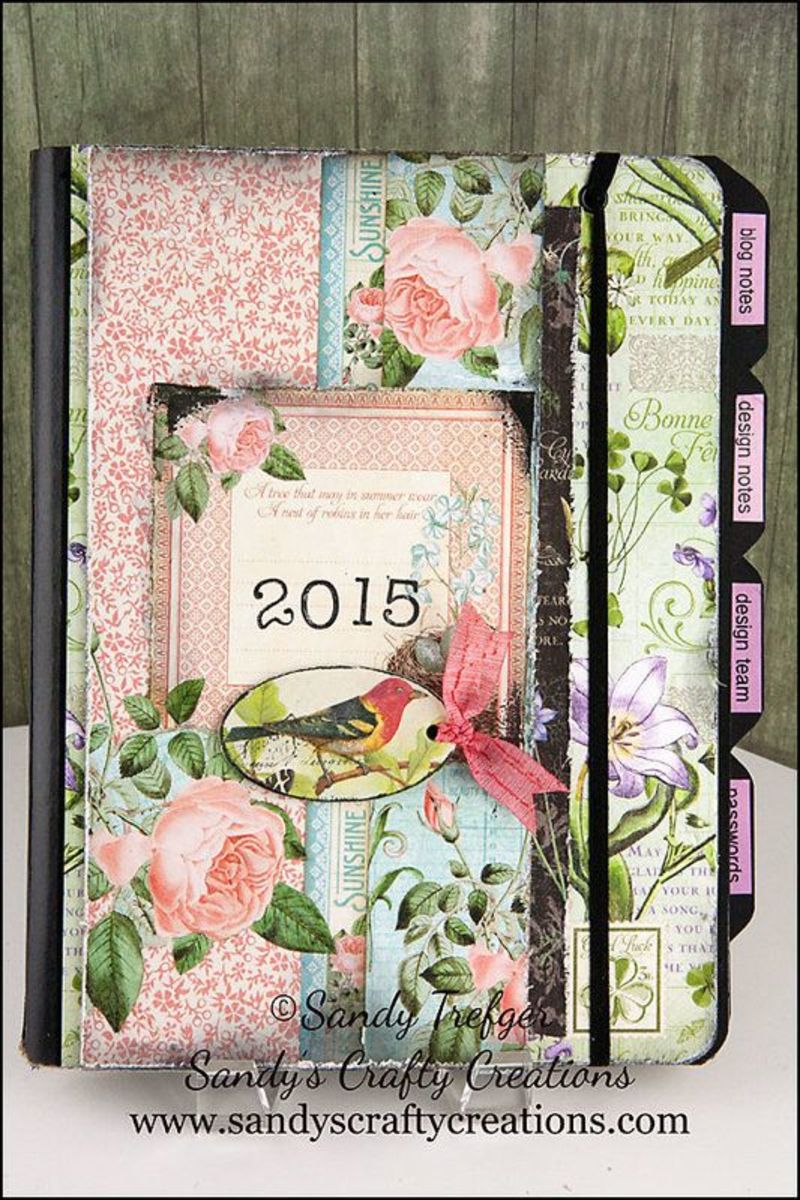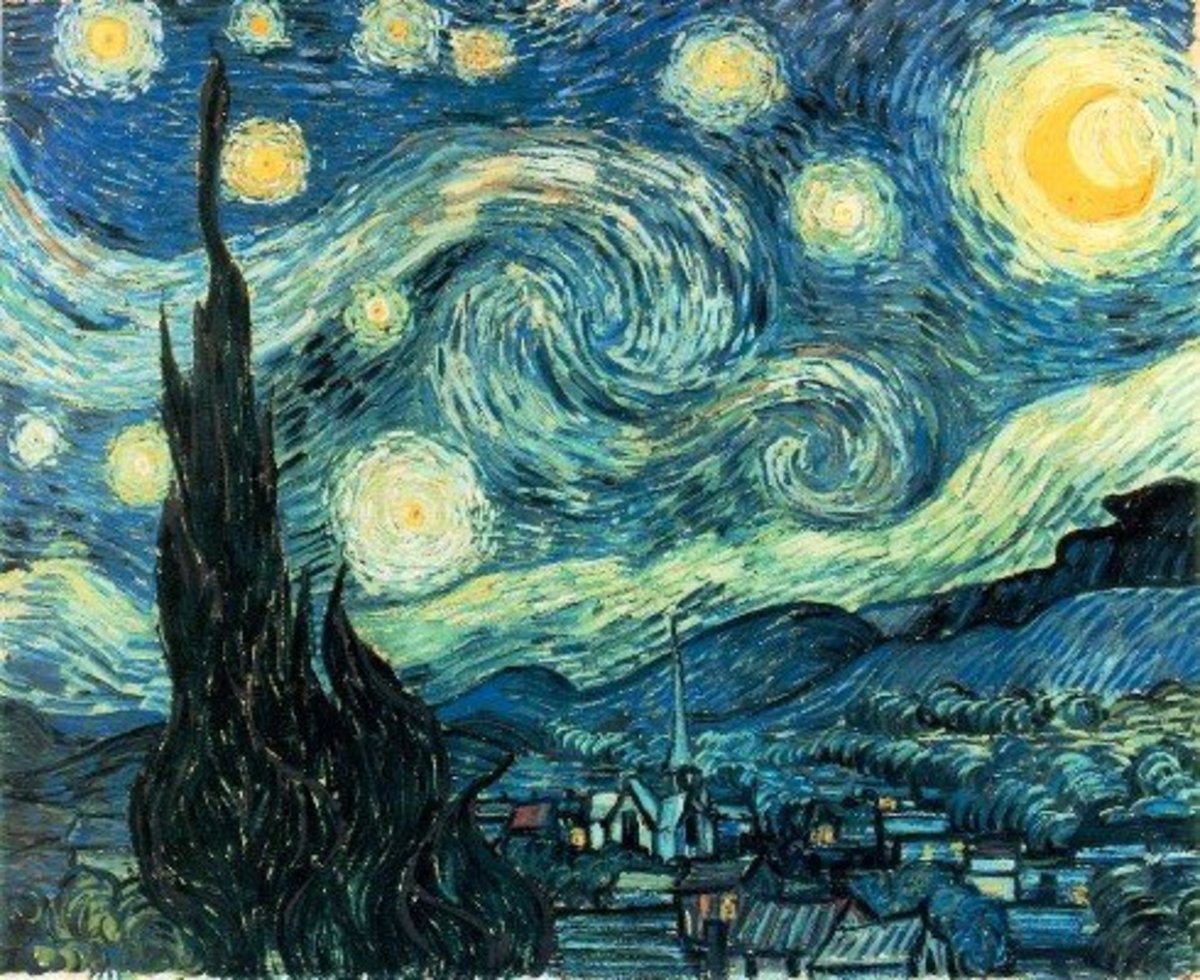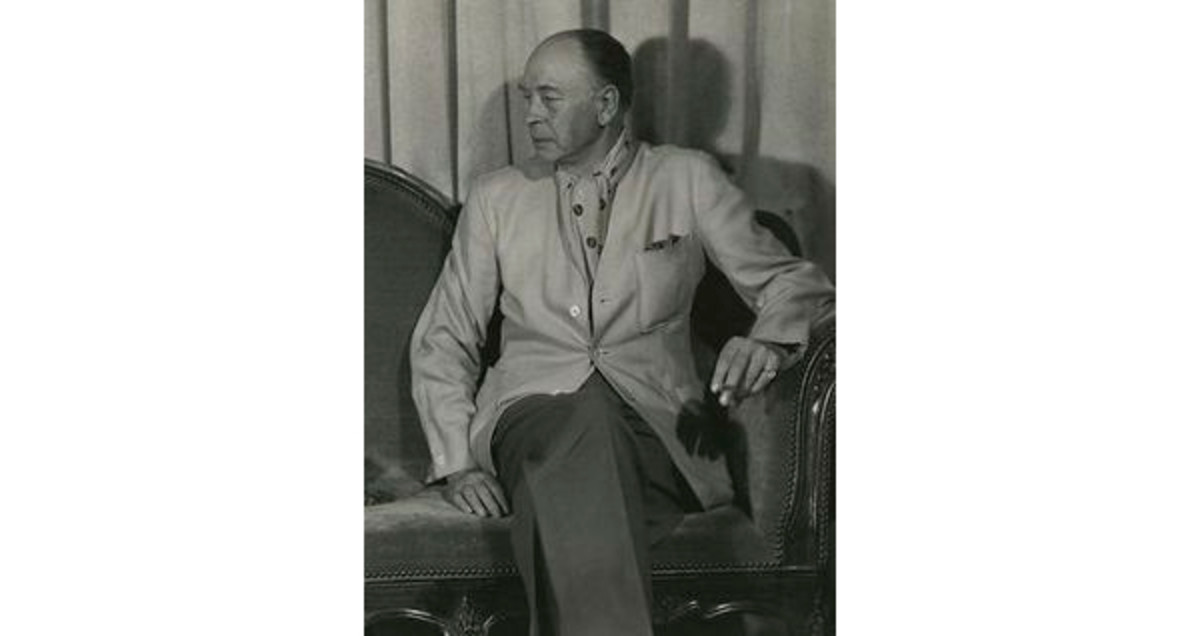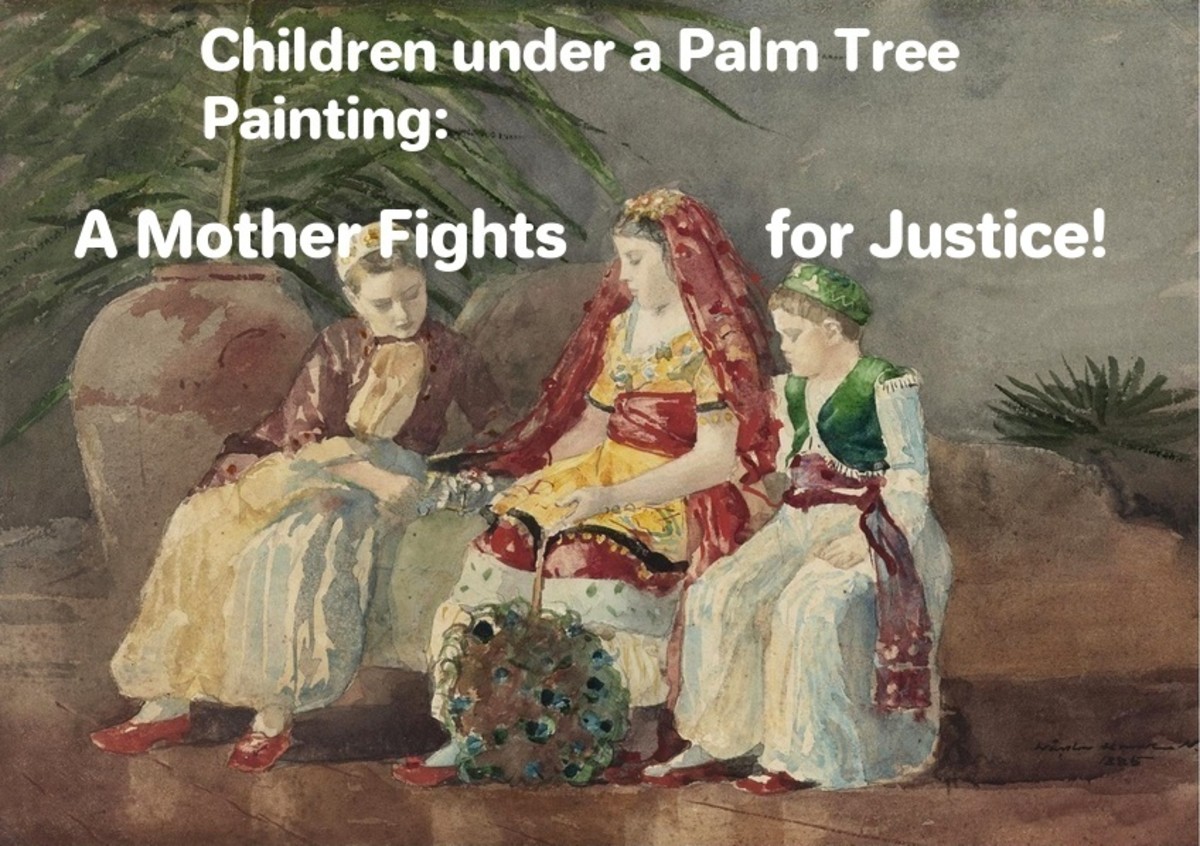Oil Painting Lessons - Create A Great Composition
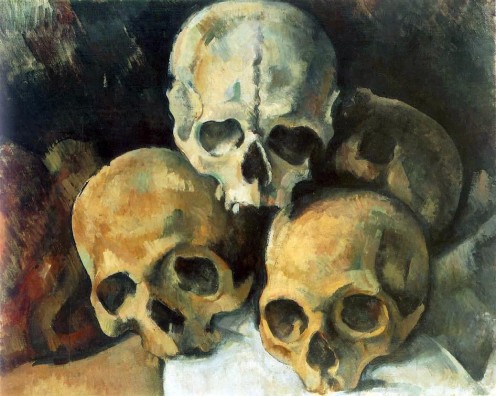
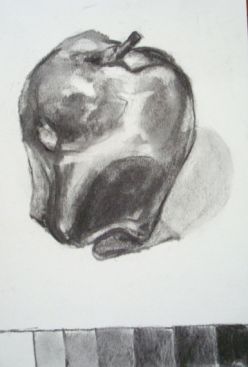
10 Ways to A Great Composition
This information is good for any type of composition including painting, drawing and photography. Though, you will notice it is aimed toward painters, but feel free to apply these rules to whatever type of picture you are making. This list is what I use for my Still Life Workshops; it is a reference for creating simple or complex still life paintings.
- Find the Focal Point - The focal point is what draws the viewer's eye into the painting. Place the main focal point, or the main subject of the painting on an intersection from the 'Rule of Thirds'. Make sure the other elements in the picture help lead the eye toward that point. You don't need anything too drastic to do this, it could be as simple as a repeated color, or moving the angle of another object to subtly point in the direction of the main focal point. Don't overdo it, or it'll look fake and strange. Subtle is key.
- Use your Value Scale - This is a big one! In order to make your painting look interesting it must have contrast. In order to get contrast, you need to rely on using your value scale. Don't be afraid of dark colors or shading. Many times paintings lose their steam because artists stay too much in the mid-tones (or the middle greys). Use more darks and more lights, and only a bit of mid tones - but make sure they're in there. Even though its tedious, I always recommend to new artists to continue to practice making value scales in either pencil, ink, charcoal or paint to help continue seeing all the variety of value in their still life. Eventually, you will become trained to it, as a pianist is to the scales on their instrument. It will become second nature. It takes practice.
- Use a Viewfinder - Cut two "L" shapes out of paper or cardstock, and create a rectangle that emulates the dimensions of your canvas. Hold it in front of your still life, close one eye, or squint. Bring the viewfinder closer to you and watch your still life enlarge in the view finder, or lengthen your arm and watch it get smaller. Move the view finder around and see what happens when you crop elements out of your picture plane. A viewfinder will help save time in the long run, helping to image what the still life will look like on your canvas.
- Odd numbers of objects work best - It is easier to make a more interesting composition using an odd number of objects.
- Spacing the Objects - Vary the spaces between your objects. Vary the angles that they sit at, and their dimensions to help generate more interest. If things look too uniform, it can start to make the painting less interesting.
- Almost touching/kinda touching objects - Objects in paintings should either definitely be overlapping or definitely apart. If you allow objects to almost connect via weak connection, it makes your painting look weak. It sometimes looks as if the artist was afraid to make a clear choice. Clear choices make for great paintings!
- Does everything belong to the same world? - Make sure your colors are in the same world so that it doesn't look as if something was just stuck or pasted in at the last minute. A common but not great idea, is to glaze over the entire painting in one color, and go back and add in highlights. It works, but I personally think if you start with a strong value scale and do an under-painting, this shouldn't happen. Pick out your color palette carefully and reuse your limited color palette throughout the painting. You'll find that 3 colors can create unimaginable beauty!
- Choose Warm or Cool, you can't have it both ways - It doesn't matter really what you choose, just keep it consistent throughout the entire painting.
- Change it up a bit - I had a woman in my class that had been painting for 40 years. She painted the same exact painting every time. Don't get stuck in a rut and create the same thing that 'works' over and over again. Experiment, change dimensions of your canvas, colors you use, paint with a palette knife one day and a brush the next, try both portrait and landscape shaped canvases and keep it fresh!
- Do away with the analytical though process - If your painting is finished and the first remarks by your viewers is showing where you put your focal point or explaining "why you put your highlight there to lead the viewers eye in", and "that line leads to the center....", then you aren't quite done yet. All of the above is very important, but at some point, you must also paint and let go of some of it, otherwise your painting becomes simply an exercise in analysis and composition. Understand all of the above, but make it fun - and paint!
And remember, art is a practice. The more you do it, the better it gets!

